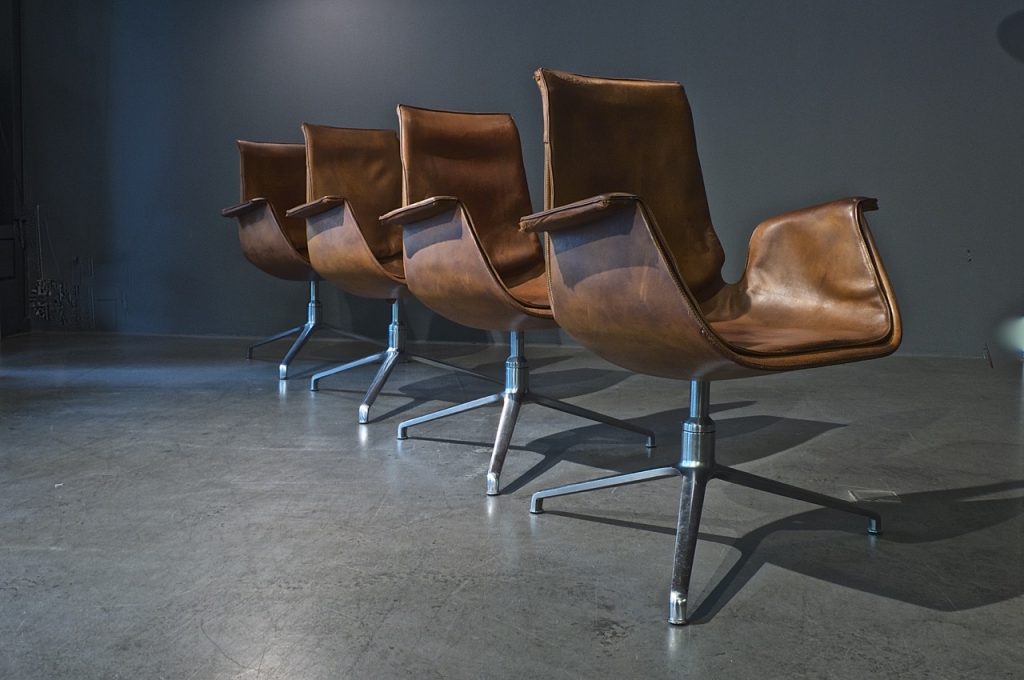Last week was the annual furniture design fest that is Clerkenwell Design Week in London – a week long event that sees furniture manufacturers open their doors to showcase new or recently launched products and innovations and new trends in the world of furniture. Here are just a few of our highlights:
At Frovi special mention should be made of the shear abundance of new product and thankfully quantity did not mean lack of quality.
Keying into the current trend for all things Scandinavian, Frovi have introduced Scandi, a range of timber armchairs and sofas that would be equally at home in the office or hospitality sector. Likewise is the Urban sofa collection with its deep foam, webbed seat and back for extra comfort. Urban is also configurable with mix and match seat, back and bolsters if you want to get quirky.
The ILK collection continues to grow with the addition of the very stylish ILK Tilt and the ILK Two Seater. The Two Seater is available with natural or black oak timber legs or a steel sled frame in any RAL colour.
The Relic bench is a clever take on a trestle table. The steel legs feature concealed cable management and the beam understructure allows meeting or bar height versions and lengths up to an impressive 6m! Frovi have introduced a new antique character oak top for Relic and in conjunction with the optional raw steel legs perfectly creates the rustic look. A range of stools completes the collection.
A nice addition to the Jig range is a modular credenza system. Optional top seat pads and fabric door handles provide a touch of colour and would help suite the product in with other upholstery items in the same space.
Over to Orangebox and the big news was Eva – the latest in a new generation of ‘light touch’ task seating with simple set up. The chair has been refined to be largely self-adjusting and requires only a few controls. It’s lightweight too, at just over 14kg. Base and supporting trims are available in black, white, polished or ‘industrial silver’.
From Connection Seating the Co.Table represents a new style of collaborative working furniture. Comprising of a long work bench with radial ends and an adjoining poseur height end table, the Co.Table is designed to facilitate independent & coworking activities. Accessible power on a central utility rail, lighting and storage shelf are all available. Like the Connection Centro range Co.Table features natural oak legs with integrated cable management.
Connection Seating have also gone down the Scandinavian inspired route with the minimalistic & durable Woodstack dining chair and the David Fox designed Hygge chair. The gentle curving contoured design of Hygge is available as a low back or high back.
Also from Connection is the Tubes range, a range of stools, benches and tables featuring a connected tubular structure with a utilitarian aesthetic. Silver or textured black steel tubing is standard with white or warm metallic copper finishes also available.
Over at Boss Design it was all about ATOM. Designed by Simon Pengelly, ATOM is a family of modular landscape products developed to deliver a seamless and holistic aesthetic and flexible work environments. At its nucleus is the organic and sculptural screen system that morphs between desk screen, snug alcove, visitor seating and sofa back. Low stools and an elegant and fully cable managed table system complete the ensemble.





































